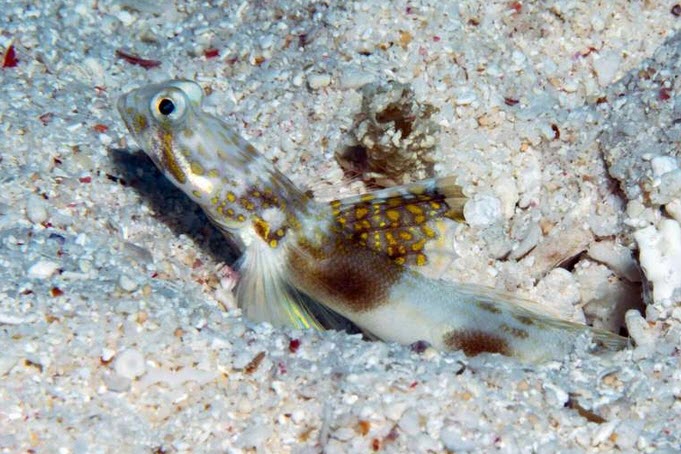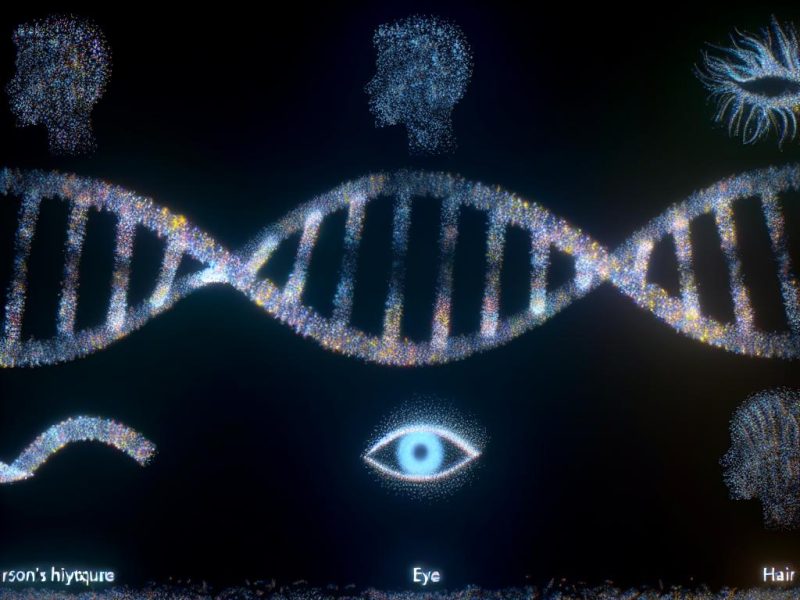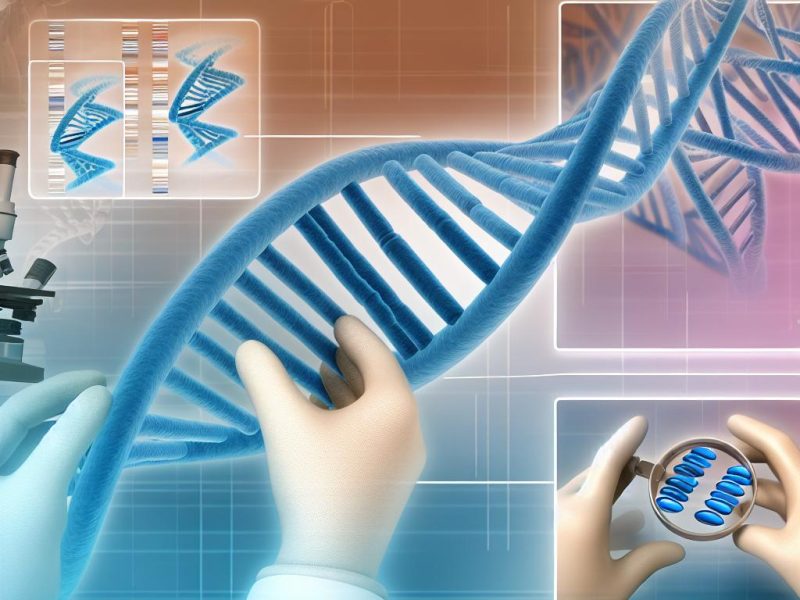In a remarkable discovery that underscores the rich biodiversity of the Great Barrier Reef, a team of marine biologists from the University of the Sunshine Coast has identified a previously unknown species of coral reef fish. Named the Lady Elliot Shrimp Goby (Tomiyamichthys elliotensis), this new species was found in the southern waters of the Great Barrier Reef, highlighting the unexplored mysteries of this globally significant ecosystem.
The discovery was made as part of the Leaf to Reef project, a comprehensive initiative led by the University of the Sunshine Coast and supported by the Great Barrier Reef Foundation’s Reef Islands Initiative. This project is dedicated to mapping and understanding the changing biodiversity around Lady Elliot Island, a small coral cay that marks the southern tip of the Great Barrier Reef.
The Lady Elliot Shrimp Goby is distinguished by its small size, white body adorned with brown spots, and striking yellow-orange bands. Its most notable feature is a large sail-like first dorsal fin. This unique fish was observed living in a sand burrow, which it shares symbiotically with a pair of alpheid snapping shrimps, showcasing the complex relationships within coral reef ecosystems.
Dr. Chris Dudgeon, a marine biologist and co-author of the study documenting this discovery, expressed excitement over the find. “This is a significant, exciting discovery,” he said. “It’s been a while since a ‘never recorded anywhere before’ fish has been described from the Great Barrier Reef.” The findings were published in the Journal of the Ocean Science Foundation.
The significance of this discovery is amplified by the fact that the last completely new species described from the Great Barrier Reef was a deep-sea grouper in 2019. Most new species are typically found in the less accessible depths of the ocean, making the discovery of the Lady Elliot Shrimp Goby in the relatively shallow waters of a well-studied coral reef particularly unique.
In addition to the Lady Elliot Shrimp Goby, the research team has identified up to seven other marine creatures during their underwater surveys that may also be new to science. These include various species of dwarf and pygmy gobies and damselfish, which are now undergoing the rigorous process of scientific confirmation.
The researchers believe that the Lady Elliot Shrimp Goby could be prevalent throughout the Capricorn-Bunker reefs and possibly across the Great Barrier Reef. This discovery adds to our understanding of the biodiversity of this iconic coral reef system and highlights the importance of continued exploration and conservation efforts in these critical habitats.
As the world’s largest coral reef system faces unprecedented challenges from climate change, pollution, and other anthropogenic pressures, findings like these serve as a reminder of the resilience and beauty of the natural world. They underscore the necessity of protecting these invaluable ecosystems for future generations to explore and enjoy.



